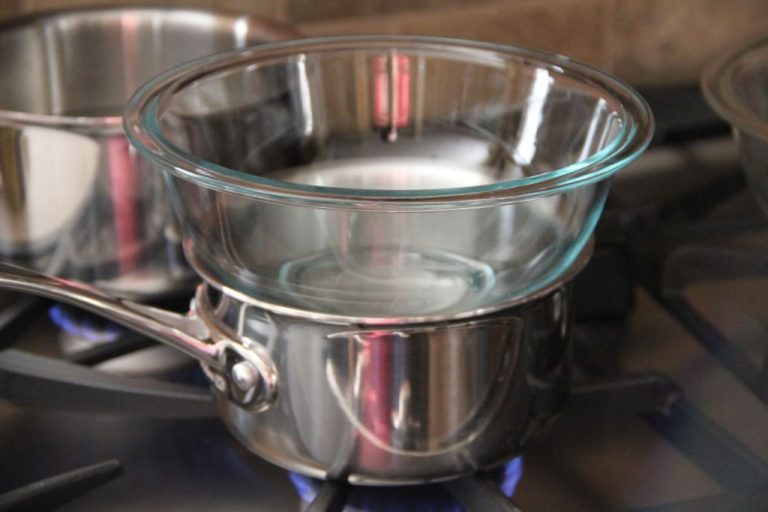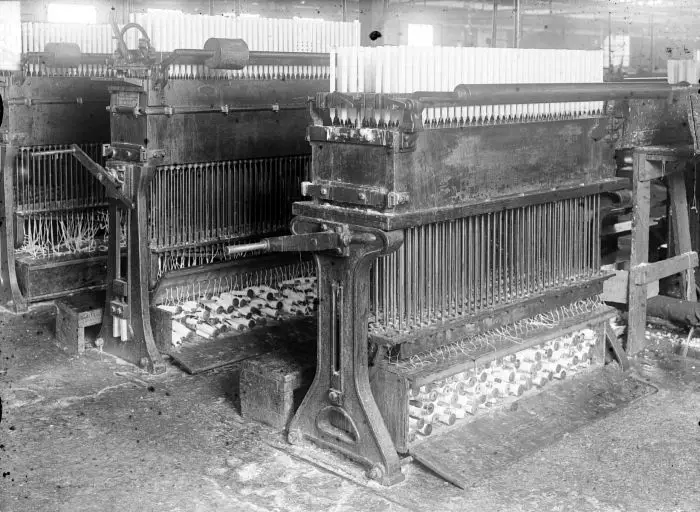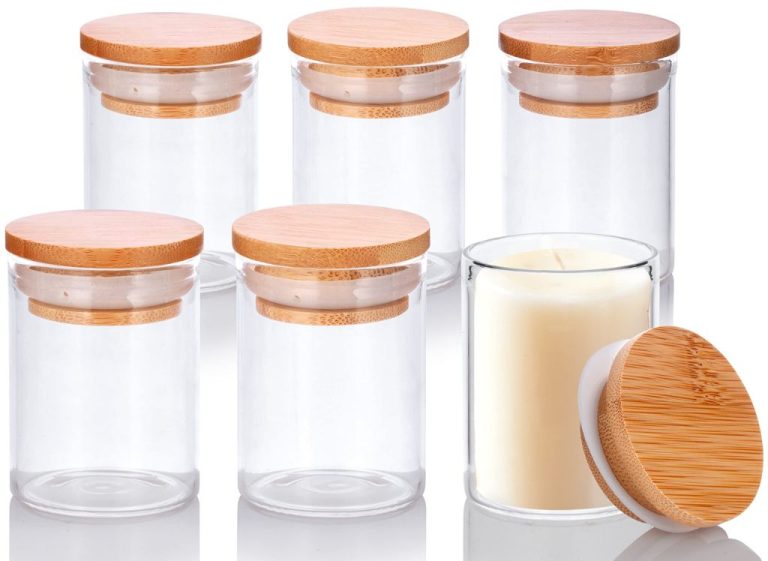Is A Heat Gun Or Hair Dryer Better For Candles?
Both heat guns and hair dryers can be useful tools for candle making. Heat guns are designed to emit a stream of hot air, while hair dryers blow out cooler air to dry hair. When making candles, the wax needs to be melted at the proper temperature which requires a controlled heat source. Heat guns can generate temperatures up to 1,200°F making them capable of melting candle wax which melts between 120-150°F. Hair dryers typically only reach temperatures around 250°F at most, which may not be hot enough to melt harder candle waxes.
This article will compare heat guns and hair dryers for candle making. We will look at the heat output, airflow, safety issues, ease of use, effectiveness for candles, and costs. By the end, you should have a good understanding of which tool is better suited for melting candle wax.
What Are Heat Guns Used For?
Heat guns are designed to generate a concentrated stream of hot air, typically between 100-1,000 degrees Fahrenheit. This high heat makes them well-suited for tasks like stripping paint, bending plastics, loosening rusted bolts, shrinking heat-shrink tubing, removing flooring, thawing frozen pipes, activating heat-shrink wrappers, and more. Heat guns can direct their hot airflow in a focused manner to target specific areas for high-heat applications.
Common uses of heat guns include:1
- Stripping paint and varnish from wood or metal
- Removing stickers, decals, and adhesive residues
- Bending and shaping plastics
- Loosening seized bolts and hardware
- Shrinking heat shrink tubing and wraps
With focused, high-temperature air up to 1,000°F, heat guns allow for precision heating and stripping that would be difficult with other tools. Their portability also makes heat guns useful for on-site applications like removing paint from architectural features or thawing frozen pipes.
What Are Hair Dryers Used For?
Hair dryers are handheld electric devices designed to blow heated or ambient air over wet hair to speed up the evaporation of water and dry damp hair. They typically operate at temperatures between 30-60°C and airflow between 10-15 m/s. Hair dryers were invented in the late 1800s and originally consisted of a hand-cranked fan blowing air over an electric heating element. The first handheld electric hair dryer was patented in 1920 by the Hamilton Beach Company [1]. While hair dryers have evolved over the past century with new features and styling attachments, their primary purpose has remained drying hair quickly and evenly with a stream of warm air.
Modern hair dryers allow users to control the temperature and airflow to suit different hair types. They usually have multiple heat and speed settings. Most also include a “cool shot” button that blows unheated air to set hairstyles. Hair dryers may come with diffusers to spread the airstream and attachments like brushes and combs for styling. They provide an efficient and convenient way to style wet hair at home.[2]
Heat Output Comparison
One of the biggest differences between heat guns and hair dryers is the maximum temperature each tool can reach. Heat guns are designed to get extremely hot, often reaching temperatures between 200°C and over 500°C or 390°F to over 930°F (https://www.heamar.co.uk/blog/79_heatgun-vs-hairdryer-how-to-shrink-wrap). Some industrial-grade heat guns can reach temps up to 1000°F. This allows heat guns to soften, bend, mold, and melt materials like plastics, acrylics, and vinyl.
Hair dryers, on the other hand, do not get nearly as hot. The maximum temperature of most standard hair dryers is around 140°C or 285°F (https://www.dekotools.com/blogs/products-series/heat-gun-or-hair-dryer). Some may reach up to 150°F. This lower heat range is suitable for drying hair and other beauty uses but is not enough to melt and manipulate thicker materials.
So when a powerful heat output is needed for projects like shrink wrapping, heat embossing, or bending plastics, a heat gun is the clear choice over a hair dryer.
Airflow Comparison
Heat guns tend to have lower airflow compared to hair dryers. According to this source, hair dryers generate airflow up to 30 liters per second, while heat guns top out around 10-15 l/s. This makes sense given their different purposes – hair dryers need strong airflow to quickly dry hair, whereas heat guns require less airflow to direct focused heat for tasks like removing paint. The high airflow velocity of a hair dryer can disturb candles, while a heat gun’s gentler airflow allows for more precise melting. When used carefully, the lower airflow of a heat gun gives users more control and aims the heat directly where needed.
Safety Considerations
When it comes to safety, heat guns carry more risk than hair dryers due to their higher operating temperatures. Heat guns can reach over 700°C, whereas most hair dryers max out around 140°C. This extreme heat increases the chance of burns if not handled carefully [1]. Heat guns should never be left unattended and require attentive operation. On the other hand, hair dryers operate at much lower and safer temperatures. The risks of burns or fires are substantially reduced with a hair dryer. Still, caution should be exercised, especially around flammable materials. Overall, heat guns involve more danger and demand greater care when operating. Hair dryers provide a safer alternative for many tasks requiring heated air.
Ease of Use
When it comes to ease of use, hair dryers tend to have an advantage over heat guns. Hair dryers are specifically designed to be easy to maneuver and direct airflow where needed. The handle and nozzle are ergonomically designed for using one-handed and directing at the head from all angles [1].

In contrast, heat guns tend to be bulkier and heavier. They usually need to be held at a specific angle to focus the hot air stream. The barrel-style design and rear-positioned handle makes heat guns more difficult to manipulate than hair dryers. Users often need both hands to direct the airflow properly [2].
So for tasks requiring more dexterity and ease of handling, such as drying candles, hair dryers tend to provide better maneuverability and ergonomic comfort during extended use.
Effectiveness for Candles
When it comes to melting wax for candle making, heat guns and hair dryers have different advantages. Heat guns apply concentrated heat and can melt wax much faster than hair dryers. However, their intense heat also means there is a higher risk of overheating and scorching the wax if you are not careful (source).
Hair dryers provide a more gentle and dispersed heat. While it may take longer to melt wax with a hair dryer, the reduced intensity gives you more control and less risk of scorching (source). So heat guns are better for speed, while hair dryers allow more precision.
Overall, heat guns are preferred for candle making because their focused heat melts wax quickly without having to directly touch the wax. But hair dryers can work in a pinch with proper technique. It’s about finding the right balance of heat intensity for your needs.
Cost Comparison
Heat guns tend to be more expensive than hair dryers. Heat guns usually cost between $30-$100, whereas most hair dryers cost between $10-$50.
The reason for this price difference is that heat guns are designed to generate much higher temperatures, often up to 1000°F or more. They use more powerful heating elements and motors than basic hair dryers. Heat guns are built to withstand constant high heat output which increases their production cost.
Hair dryers only need to get hot enough to dry hair, usually up to about 140°F. They don’t require the same level of durability and performance as a heat gun. Mass market hair dryers can be made very inexpensively.
For casual users who only need moderate heat, a hair dryer provides that at a fraction of the cost of a heat gun. But for tasks requiring extremely high heat like removing paint or melting plastics, the heat gun is worth the additional investment.
Conclusion
When looking at the key factors of heat output, airflow, safety, ease of use, effectiveness, and cost, a hair dryer tends to be the better option for most people for melting candles. While heat guns can supply more concentrated heat, hair dryers provide sufficient heat for candle making in a safer and easier to control tool. The more dispersed airflow also helps prevent burning the wax. Finally, hair dryers are usually less expensive and already found in most homes.
For these reasons, using a hair dryer is generally recommended over a heat gun for melting candle wax. A heat gun does have some advantages in speed and precision, but comes with more risks. Unless those specific capabilities are required, a basic hair dryer will serve the needs of most candle makers. Focus on using the right temperature setting, keeping the dryer moving, and giving the wax plenty of time to melt. With some practice, hair dryers can melt candles smoothly and evenly.





